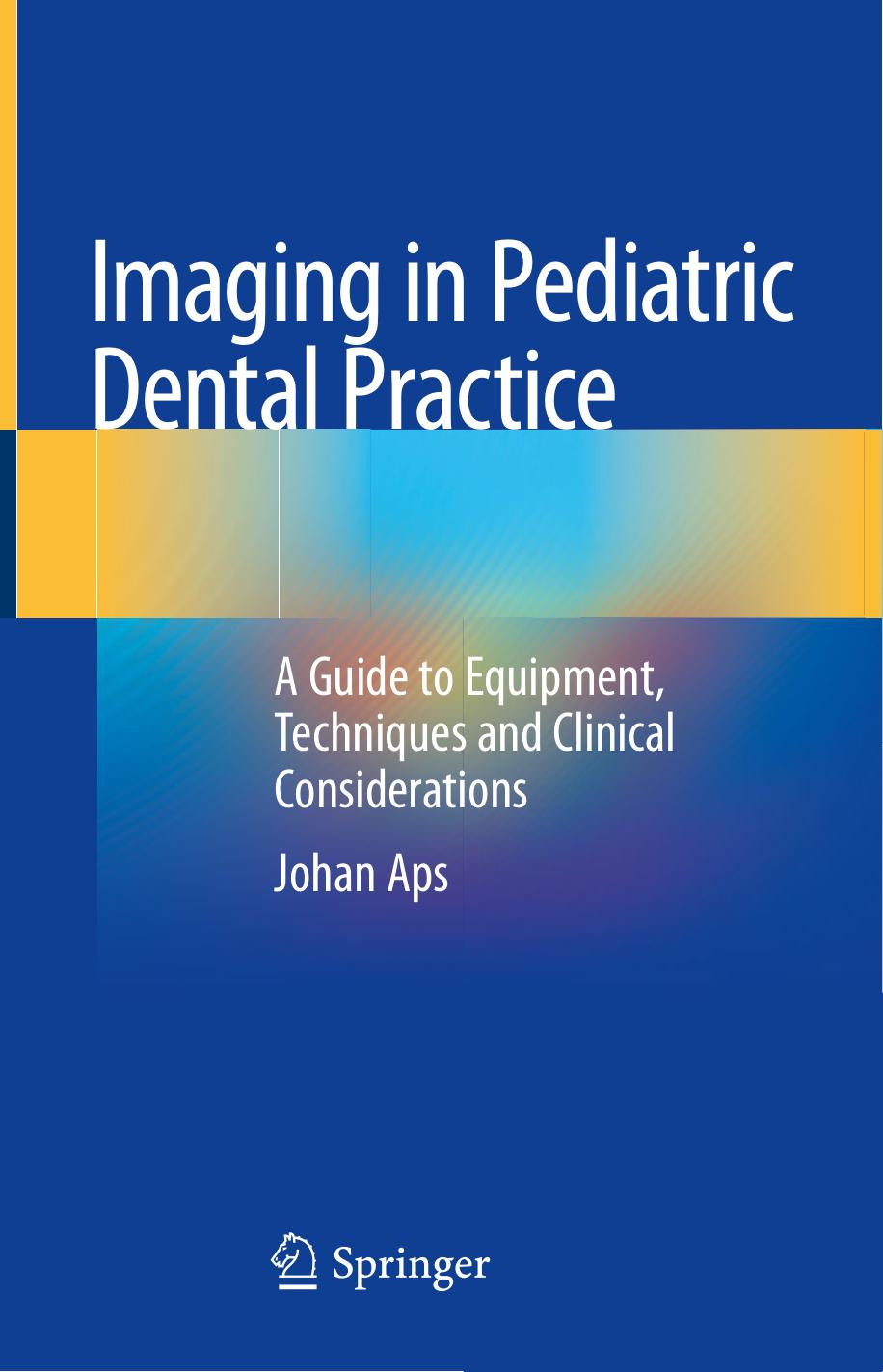Imaging in Pediatric Dental Practice by Johan Aps

Author:Johan Aps
Language: eng
Format: epub, pdf
ISBN: 9783030123543
Publisher: Springer International Publishing
The speed of sound is affected by the compressibility of the medium (acoustic impedance); therefore it travels faster in rigid materials which are more resistant to compression and it travels slower in fluids and gases as these are more susceptible to compression. Reflection of the sound is paramount in this technique as the sound will be reflected at boundaries of tissues. Tissues or pathology that reflect little to no sound waves will produce no âecho,â hence the jargon hypoechoic or anechoic, respectively, whereas tissues or pathology that do reflect the sound waves will return an echo and will be identified as echoic or hyperechoic (high signal or white shadow).
The particular characteristics of each of the soft tissues will enable one to distinguish between them (e.g., healthy salivary gland tissue shows a homogenously gray echo, whereas muscular tissue is hypoechoic). When the ultrasound beam hits a boundary between two materials with different acoustic impedance, some of the beam will be reflected and the remainder will be transmitted.
For diagnostic imaging an ultrasound frequency between 2.5 and 40 MHz (megahertz) is required. This is initiated inside the transducer, which is held in contact with the soft tissues. However, since air is a bad medium for sound, a so-called coupling agent (a gel or a gel pad) is required to ensure a good contact. If ultrasound is used intraorally, saliva or a gel pad will be the coupling agent.
The frequency affects the travel depth or penetration of the ultrasound waves. The lower the frequency, the deeper the ultrasound will travel, while the higher the frequency, the more superficial the penetration will be. The images from the latter will, however, have a higher resolution than the former.
Color Doppler is a feature in ultrasound that allows for visualization of vascularization. That is a feature that will be useful in identifying pathology (e.g., hypervascularization in a tumor) or assessing healing tissue (e.g., check blood flow after a flap or major orthognathic surgery).
The technique is very much operator dependent, which means that different pressures applied to the transducer generate different images. Variation in operators, in terms of application of amount of pressure on the patientâs tissues with the transducer, will result in different images. But then again, ultrasonography does not pose any danger for the patients and can be repeated as often as needed, if one requires to check the patient again.
In the field of pediatric dentistry, ultrasonography is useful in patients with salivary gland problems (e.g., sialolith, mumps), muscular issues, and hypertrophy of lymph nodes (lymphadenopathy). Since it requires special training and is not often used in the dental setting, this imaging modality will usually be available in specific hospital settings or private specialty clinics.
Figure 5.4 illustrates the use of ultrasound imaging in a case of a swollen parotid gland in a teenage patient. Dental examination did not indicate a dental cause for the swelling. A sialogram with contrast medium (Omnipaque® 350) was performed to assess the parotid salivary gland. Since the patient also complained of pain
Download
Imaging in Pediatric Dental Practice by Johan Aps.pdf
This site does not store any files on its server. We only index and link to content provided by other sites. Please contact the content providers to delete copyright contents if any and email us, we'll remove relevant links or contents immediately.
Essentials of Biostatistics in Public Health by Sullivan & Sullivan(1094)
Critical Thinking: Understanding and Evaluating Dental Research by Donald Maxwell Brunette(1003)
The Dental Diet by Steven Lin(978)
Basic Biostatistics by B. Burt Gerstman(932)
Tooth Whitening Techniques by Linda Greenwall(922)
One of the Guys by A.R. Perry(920)
0263927350 by A. L. Bird(885)
Cure Tooth Decay: Heal And Prevent Cavities With Nutrition - Limit And Avoid Dental Surgery and Fluoride [Second Edition] 5 Stars by Nagel Ramiel(861)
46 Where There Is No Dentist by Where There Is No Dentist(857)
ACT Prep 2019 by Kaplan Test Prep(855)
Dental Practice: Get in the Game by Michael Okuji(849)
Essential Dental Therapeutics by David Wray(821)
Small Animal Dentistry by Heidi B. Lobprise(812)
Dental Caries by Zhou Xuedong(800)
Bone Biology, Harvesting, Grafting For Dental Implants by Arun K. Garg(793)
Dentistry with a Vision: Building a Rewarding Practice and a Balanced Life by Gerald I. Kendall Gary S. Wadhwa(790)
A Textbook of Dental Homoeopathy by Dr Colin B. Lessell(785)
Fundamentals of Operative Dentistry by James B. Summitt(774)
Uncomplicate Business: All It Takes Is People, Time, and Money by Howard Farran(742)
